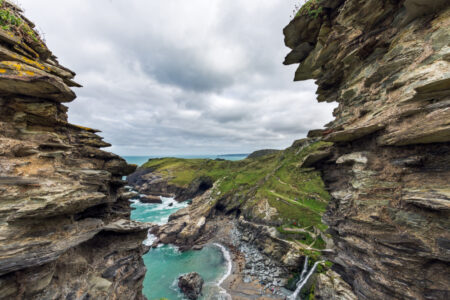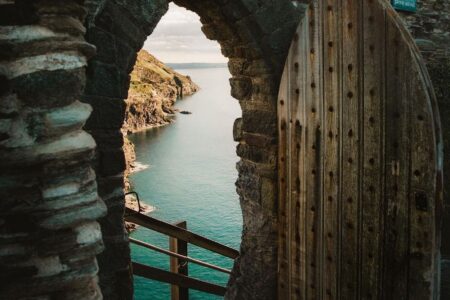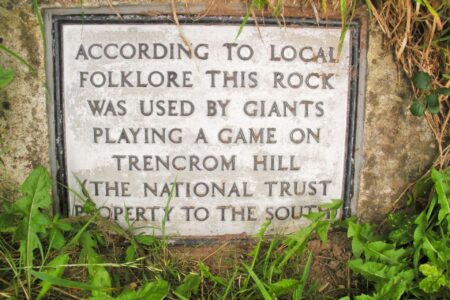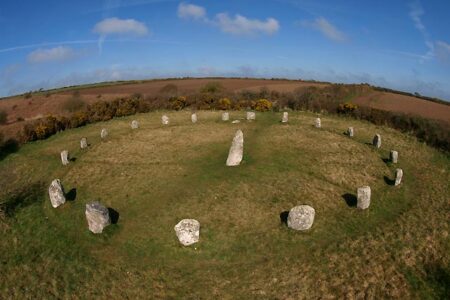The British Isles are suffused with myth. Scratch below the surface of any historic town or village and you’ll find a surprising local tale to delight or terrify. In Cornwall these legends somehow feel closer to the surface, and for visitors discovering these incredible old tales can add a new dimension when experiencing some of the region’s best loved locations.
The bewitching song of the mermaid
Half fish, half woman and in possession of a beautiful voice, the mermaid has been with us since classical times. In Cornwall they have bewitched local men with their siren song since at least the medieval period.
Perhaps the most famous local mermaid resides off Pendour Cove in Zennor and was immortalised on a beautiful chair in the local church after she enchanted a chorister. Closer to Kilden Mor, the Doom Bar sandbank in Padstow harbour is said to be the result of a mermaid’s dying curse as she lay dying from a lover’s bullet.
Giants and how they shaped the land
Much of Cornwall’s monumental, rocky geology has been explained over the centuries as being created by giants. The coast north coast is said to have been particularly heavily shaped by their activities. In St Agnes for example, the earthworks at Chapel Porth Cove could be the work of a giant named Bolster. His antics are still celebrated on May Day with a procession through the town and over the cliff tops.
Watch out for those Cornish piskies
Cornwall is said to be home to a multitude of mischievous fairy folk including Piskies, Spriggans and Knockers. Unlike giants it is harder to find traces of the little people.
One possible location lies at Trevose Head, a spot once frequented by Piskies who would gather to dance in a circle at night. When one of their number lost his laugh, the dancing ended and he went searching for it on Bodmin Moor. It is said that after a clear night you can still spot the marks of fairy feet around the coastal path.
Visit the historic Standing Stones
Bodmin Moor is also home to several sets of standing stones dating back to the Bronze Age. Their original purpose is lost in the mists of time, but that hasn’t stopped locals from inventing fascinating tales. These mostly include people being turned to stone as divine punishment for prohibited activities on the Sabbath.
The Trippet Stones are said to be young maidens frozen mid-dance and the Hurlers on the eastern side of Bodmin may be men engaged in Cornwall’s rough national sport, Hurling.
The legend of King Arthur
No individual’s presence is more widespread in Cornwall than King Arthur. Legends of the leader of the Britons can be found from Marazion to Table Men.
Begin your tour in Tintagel Castle, where Arthur was said to have been conceived and where a magnificent bronze statue now stands watching on the cliffs. To the west is King Arthur’s Stone, a flat slab upstream from the Slaughter Bridge near the possible site of his final battle against Mordred.
The myths and legends of Cornwall have provided inspiration for some of the great writers of fantasy and children’s literature. If you want to spark your imagination further there are some great books set in Cornwall to choose from, including Susan Cooper’s Greenwitch, Deep Water, a Selkie story by Lu Hershey and Ingo, Helen Dunmore’s tale of the Zennor mermaid.




